Sound Toll Registers: your ancestors’ journeys are a mine of information
Researchers and history buffs rub their hands in glee about the Sound Toll Registers – 350 years of information about passage through the Sound. But given that these registers comprise almost 700 leather-bound books, hidden somewhere in a storage unit at the Danish National Archives, they are not all that easy to use. And that’s putting it mildly. But now all that has changed. Thanks to the Sound Toll Registers Online digitization project (STRO), everyone can take a digital stroll through history from the comfort of their own home.
Text: Nynke Broersma / Communication Dept. UG
For captains who between 1500 and 1850 sailed to the North or Baltic sea via the Sound, the strait between Denmark and Sweden, there was no avoiding it: they all had to pay a toll. When making the payments, information about the captain, his port of origin and destination and the cargo was meticulously recorded. The registers are an invaluable source of information and now, after ten years, are nearly fully digitized. Project manager from the very start, Jan Willem Veluwenkamp, who until last year was also associate professor of Early Modern History at the University of Groningen, knows from his own experience what it is like to literally dive into the archives. He first used the original Sound Toll Registers back when he was a history student at Leiden University. By the time he teamed up with Tresoar (the Centre for Frisian History and Literature in Leeuwarden) in 2007, he already had, in his own words, ‘a long history’ in research into merchant shipping and trade.
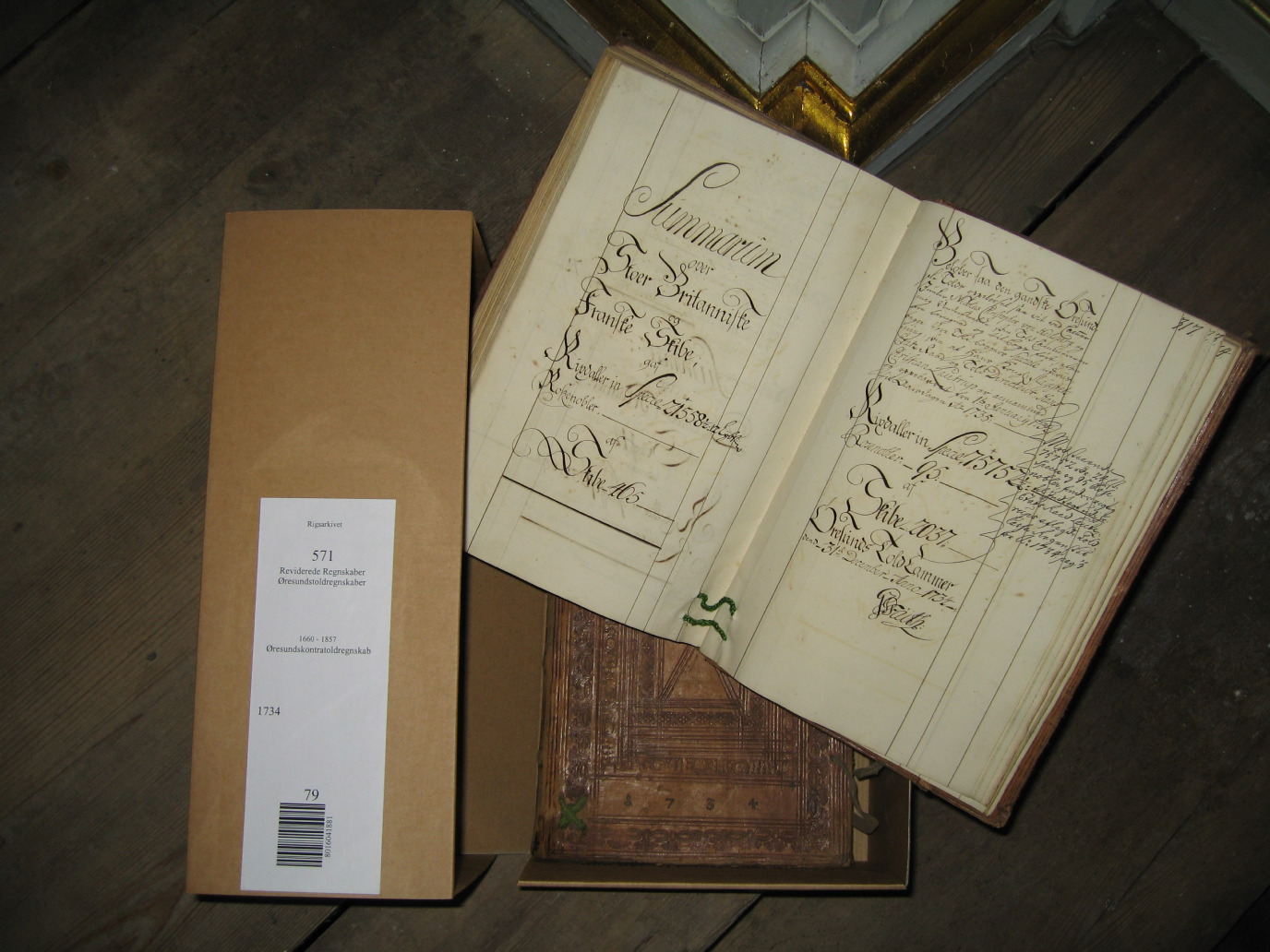
North/South metro line syndrome
A few years before that, Tresoar purchased microfilms of the original Sound Toll Registers. This brought the registers a little closer to home for Dutch researchers, but actually using them was still very difficult and time-consuming. ‘Imagine large archive drawers full of microfilms. If researchers wanted to use them they had to actually go there and stay for months if not years,’ says Veluwenkamp. And so, in 2008, the Sound Toll Registers Online (STRO) project was launched; a collaboration between the UG and Tresoar which aims to publish the Sound Toll Registers in an online database. Given Veluwenkamp’s previous experience with the archives and the fact that the project is closely related to his expertise, it was no surprise that he wanted to be the project manager for the UG: ‘It was right up my street. And I was aware of the doors that digitization could open.’ Siem van der Woude is project manager for Tresoar. The team originally estimated that they would need 2.5 years to finish the project. ‘In hindsight, that was a bit over-optimistic. We had a situation not unlike the Amsterdam North/South metro construction project going on, but without the collapsed houses,’ jokes Veluwenkamp.
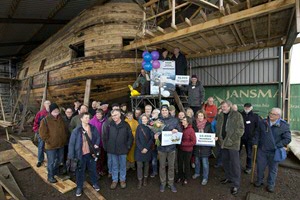
Enthusiastic volunteers
That comparison is far from undeserved. The project has run into difficulties on several occasions, and it is still not complete. One of the main reasons for this is the sheer volume and nature of the data; the registers contain information about 1.8 million passages, all recorded in handwriting that is barely legible. Entering this data not only requires a lot of manpower, but also a lot of instructions and feedback. Outsourcing the task to a commercial company would be too expensive, so for the first five years of the project a partnership was set up with a sheltered workshop. Around 1.5 million entries were processed during this period. The project is relying entirely on volunteers for the last 300,000 entries. ‘They have to do a reading test beforehand to see if they can actually read the old handwriting. Those who pass the test are usually hooked from the start; some enjoy the puzzle of deciphering the handwriting, others are really interested in history. But every single one of them is motivated and good at it,’ explains Veluwenkamp. ‘There’s even a volunteer from Denmark. He comes from a long line of Sound toll collectors.’ It is nice to think that someone in 2018 is reading and deciphering the handwriting of his distant ancestors.
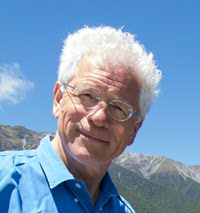
Not yet retired
Veluwenkamp gives weekly instruction sessions in Groningen, and regularly travels to Zwolle and Amsterdam to give sessions there, too. And he also spends half a day a week entering data himself. That is a real testament to his commitment, because, officially, he retired last year. ‘I still work about half the week, but I think you owe it to people to show an interest and support them in this fun but difficult task. After all, they are giving up a lot of their time to help with this project. And I also think it’s important that we actually finish what we started.’ When he retired, Veluwenkamp handed over the reigns to Anjana Singh, assistant professor of Early Modern South Asia and Global History at the UG. ‘My speciality is early modern history and I have previously done research on merchant shipping, including the VOC. The Baltic Sea trade is still completely new territory for me, but that’s what makes this project so interesting. And I see a lot of possibilities. For example, historians haven’t really carried out much research into the VOC and the Baltic Sea trade.’
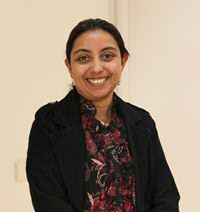
A dive into the past
The registers are not only an important source of information for historians; they are also helpful for economists. ‘To test economic models, you need data. And we have plenty of data!’ says Veluwenkamp with a smile. ‘But these registers are valuable for climate researchers, too,’ Singh adds. ‘They can see for how long shipping stopped in the winter due to ice formation. And they can use the data to investigate how deforestation is related to the export of different types of wood products in different periods.’ The data that has been entered into the digital database up to now is already accessible online. Scientists from various disciplines have since published research based on STRO data. However, researchers are not the only people who might have an interest in these registers, as I found out for myself when the three of us browsed through the database together. ‘Where are you from?’ asks Veluwenkamp, and he then looks up – with impressive skill – the maritime history of my Frisian birthplace. Veluwenkamp is clearly in his element, and, for a brief moment, I am transported back in time. This project gives curious people a wonderful opportunity to take a digital stroll through history.
Almost really retired...
It is often said that the last mile is the longest, and that also rings true for the STRO project. When entering the data, the team are working back in time. And the further back in time you go, the more illegible the handwriting gets and the more information recorded per passage there is. But, just like the North/South metro line, the finishing post is also in sight for the STRO project. When do they expect to be done? 2020? ‘No, I think we’ll be done before then,’ Veluwenkamp says quickly. ‘Most likely in 2019.’ ‘Yes, because Jan Willem wants to really retire in 2020!’ jokes Singh. And then they can look back on a wonderful project.
More information
- Search the database
- Anjana Singh
- Jan Willem Veluwenkamp
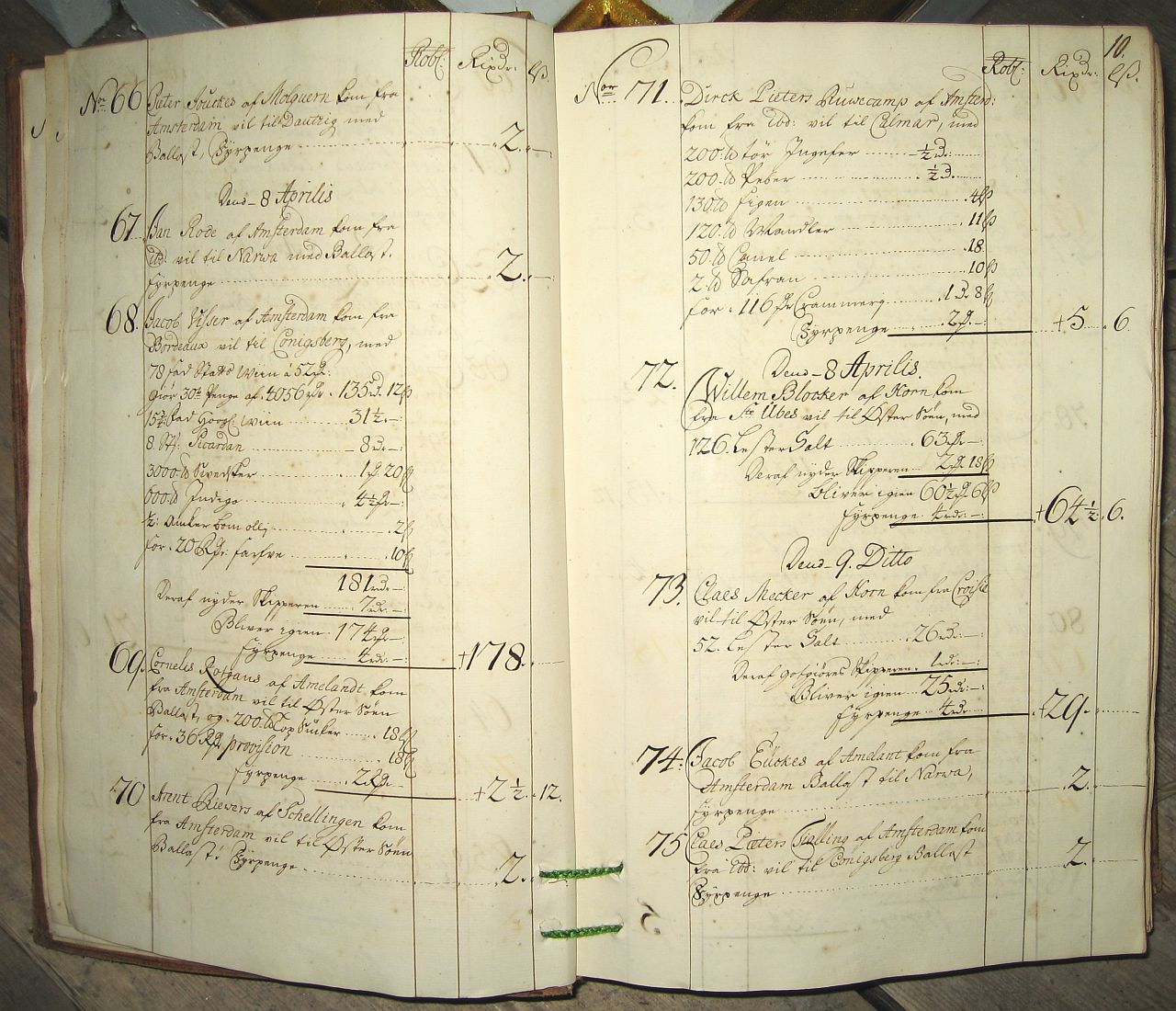
More news
-
15 September 2025
Successful visit to the UG by Rector of Institut Teknologi Bandung
